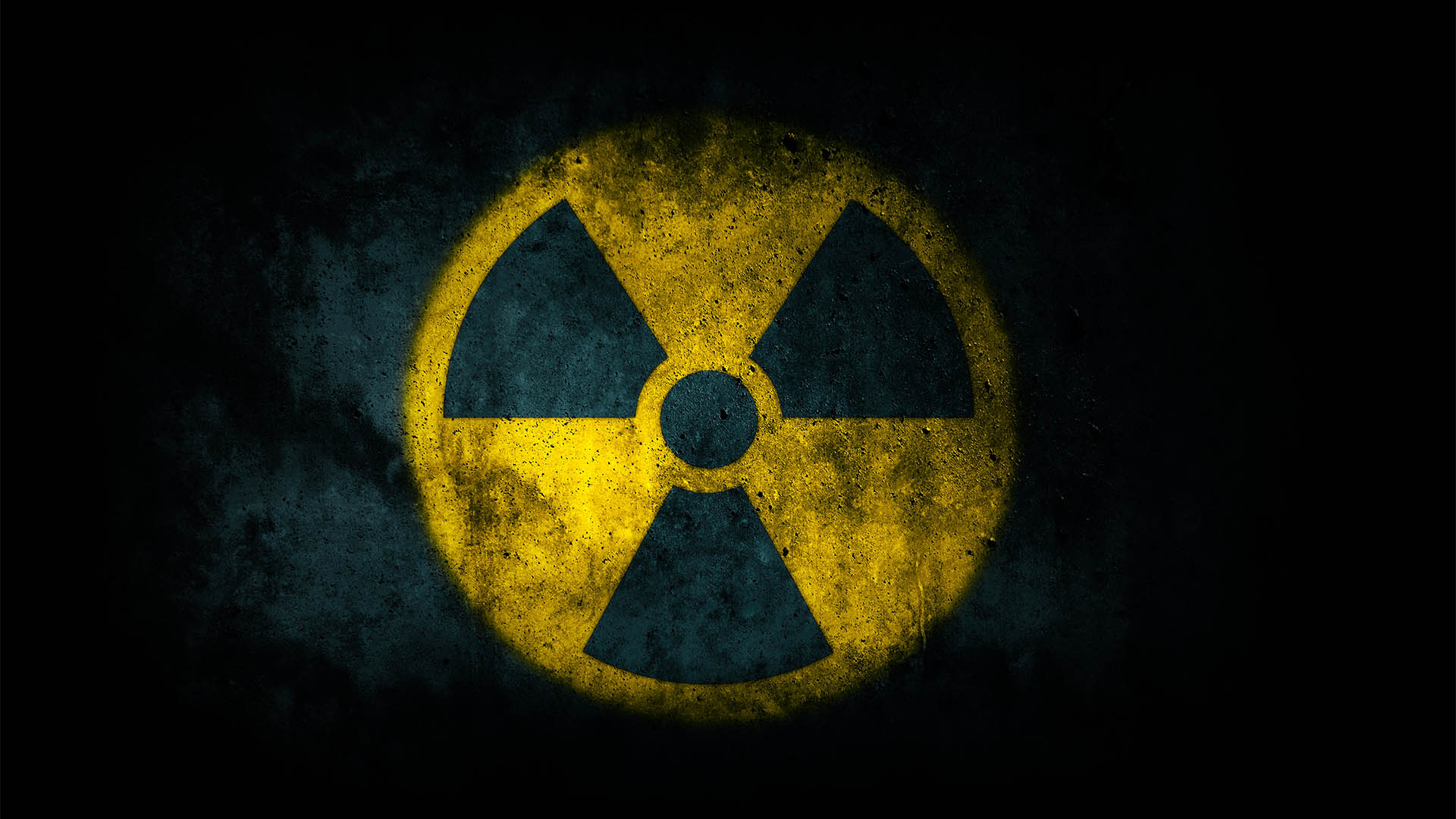The cleanup and rehabilitation of the Ranger uranium mine in the Northern Territory serve as a stark reminder that nuclear power is not as clean as its proponents claim. Similar to coal mining, uranium mining leaves significant holes in the ground. However, the cleanup and rehabilitation of uranium mines come with added complexities and costs, particularly the challenge of safely handling radioactive materials left behind.
A prime example of these challenges can be found in Energy Resources of Australia's (ASX:ERA) now-closed Ranger mine in Kakadu, Northern Territory. ERA completed uranium processing at the site in 2021 and initially estimated the cleanup cost at AUD 1.6 to 2.2 billion, doubling the earlier estimate of AUD 973 million in February 2022.
Recently, ERA announced that the total costs for rehabilitating the Ranger mine are expected to "materially exceed" the previous AUD 2.2 billion estimate. The company also anticipates delays in the project's completion, citing uncertainties, including the outcome of the 2022 Feasibility Study, now expected in October, a month later than previously scheduled.
ERA reported a significant increase in losses, with the first-half loss attributable to owners soaring tenfold to AUD 331.3 million in the June 2022 half-year period. Revenue from continuing operations also plummeted from AUD 47.7 million to just AUD 13.4 million.
In an effort to secure funding, ERA sought AUD 340 million from shareholders in April, with a substantial contribution of AUD 319 million from Rio Tinto, its majority owner.
ERA's statement on the rehabilitation plan underscores the numerous unknowns surrounding the project, including costs, completion dates, and ongoing negotiations with stakeholders. The 2022 Feasibility Study, while delayed, is expected to address rehabilitation requirements and provide a revised estimated schedule and cost, extending through September 2027. ERA plans to update the market in October following the study's findings and will engage in a consultation period with key stakeholders.
At this time, ERA cannot confirm the estimated project schedule and total rehabilitation costs due to uncertainties stemming from the 2022 Feasibility Study, additional studies, and ongoing efforts to validate and mitigate estimated costs identified in those studies.














